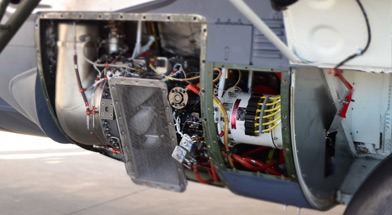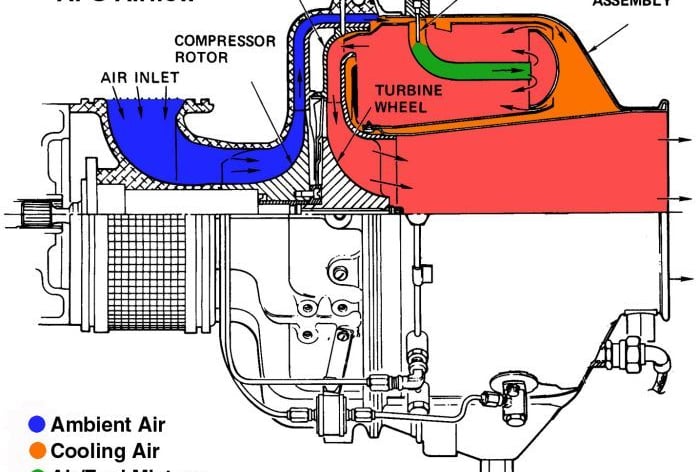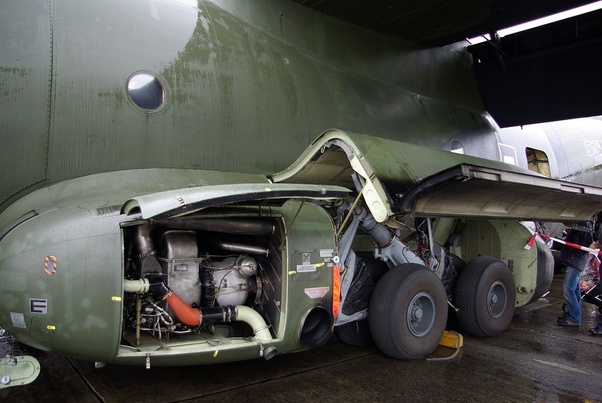Auxilliary power unit
Fact for 30/5/2021
FACTS
An auxiliary power unit (APU) is a device on a vehicle that provides energy for functions other than propulsion. They are commonly found on large aircraft and naval ships as well as some large land vehicles. Aircraft APUs generally produce 115 V AC voltage to run the electrical systems of the aircraft; others can produce 28 V DC voltage


History
During World War I, the British Coastal class blimps, one of several types of airship operated by the Royal Navy, carried a 1.75 horsepower ABC auxiliary engine. These powered a generator for the craft's radio transmitter and, in an emergency, could power an auxiliary air blower. One of the first military fixed-wing aircraft to use an APU was the British, World War 1, Supermarine Nighthawk, an anti-Zeppelin Night fighter.
During World War II, a number of large American military aircraft were fitted with APUs. These were typically known as putt–putts, even in official training documents. The putt-putt on the B-29 Superfortress bomber was fitted in the unpressurised section at the rear of the aircraft. Various models of four-stroke, Flat-twin or V-twin engines were used. The 7 horsepower engine drove a P2, DC generator, rated 28.5 Volts and 200 Amps (several of the same P2 generators, driven by the main engines, were the B-29's DC power source in flight).


The putt-putt provided power for starting the main engines and was used after take-off to a height of 10,000 feets . The putt-putt was restarted when the B-29 was descending to land.
Some models of the B-24 Liberator had a putt–putt fitted at the front of the aircraft, inside the nose-wheel compartment.Some models of the Douglas C-47 Skytrain transport aircraft carried a putt-putt under the cockpit floor
Utility of APU


APU can be started utilizing only the aircraft battery(s) and, once running, will provide electrical power to aircraft systems as well as bleed air for air conditioning and for engine start
On larger aircraft, APUs also generate auxiliary “bleed air”, referring to pneumatic pressure drawn from the engine’s compressor section. That’s because large jet engines like those on transport aircrafts and airliners , must be started using pneumatic power. Unless a ground pneumatic source is available, the only way to start large turbine engines is from an operating APU (unless another engine is already running, of course).


